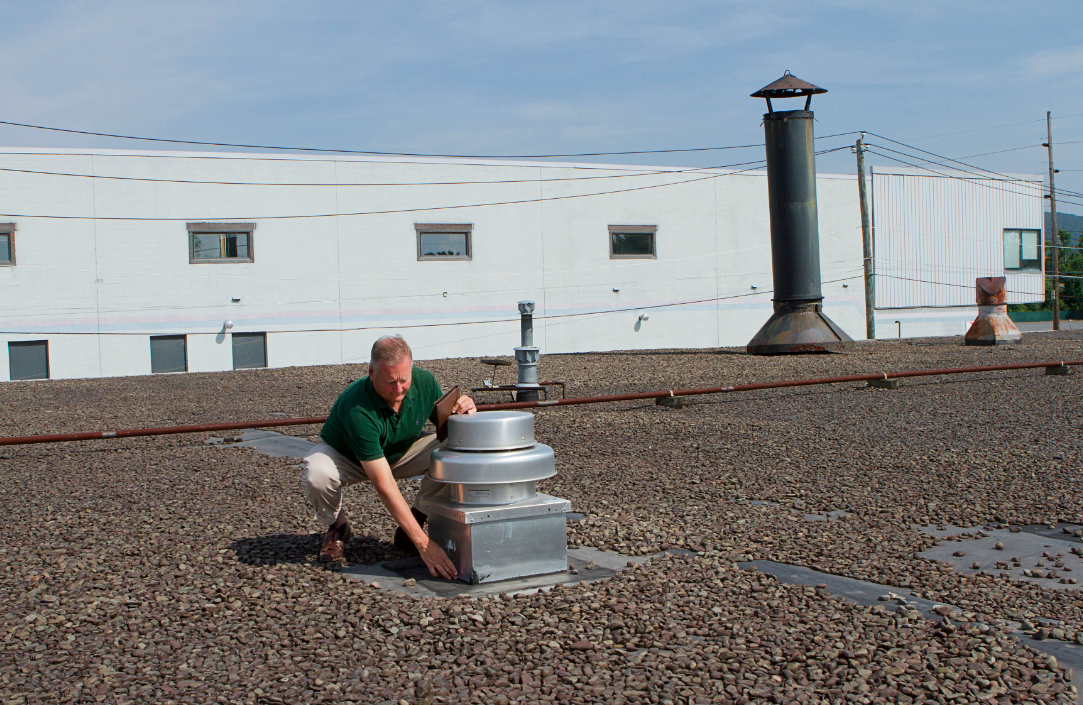In addition to providing sound scientific data, ERA also involved members of the roofing industry to provide their field-based expertise to the regulators. “For example, at some hearings in the Northeast, local small business owners explained how important it was that they be able to continue their roofing business; they didn’t want to be ground to a halt by these new regulations,” Thorp points out.
The response from the regulatory bodies was gratifying to Thorp and her ERA colleagues. “We got great feedback from the regulators,” Thorp adds. “They appreciated we were providing them with factual science-based data, as well as practical input from roofers who would confront these issues on a daily basis.” Gary Graham, an analyst with the Virginia Department of Environment Quality who helped formulate the VOC regulations for his state after ERA became involved with the process, underscores the importance of all interested parties providing input. “We try to get input from all the sectors that are affected, and that includes the public and people who produce the products,” he says.
Thorp and the ERA staff learned from their experience. “I think one of the lessons was that, from an association perspective, we certainly have our ear to the ground and our members do, as well,” Thorp explains. “This issue was brought to our attention by one of our members who heard about it from one of their reps. This really demonstrated to me the far reach of the association and the type of influence we can have. It also reminded me of the responsibility we have not just to our members, but also to the entire roofing industry.”
ERA posted a matrix on its website detailing the calendar of implementation for VOC regulations in the Northeast and Mid-Atlantic states. The resulting website traffic and phone calls to the organization’s staff about the new regulations increased ERA’s awareness of the needs of the industry and those who regulate it. According to Thorp, “There is a real lack of fact-based, unbiased information out there about these regulations and through our tracking we have been able to provide that.” Thorp says the calendar of implementation also found another important audience: Regulators consulted it to keep tabs on the activities of neighboring states.
Thorp sees a similar vacuum of information in other regulatory efforts: “We certainly see it in the development of regulations concerning white and reflective roofing. There are many regulators that want to adopt a one-size-fits-all approach. I totally understand that. It’s simple for state regulatory agencies or code-setting bodies to just take what works in one area of the country and adopt that regulation in their own jurisdictions. Unfortunately, this approach doesn’t work.”
Thorp encourages colleagues in the roofing industry to stay ahead of regulatory activity, invest in unbiased research and provide it to regulatory and code-setting bodies. She also encourages regulatory and code officials to get a very good breadth of up-to-date information and not rely on one or two studies from a single source. As she points out, “We genuinely found that, working together, we could share information and insight and find a way forward that worked for industry and government.”
VOC UPDATE
The EPDM Roofing Association continues to monitor and update changes in VOC regulations on the association’s website. Most recently, Maine is extending its deadline for previously announced compliance requirements until Jan. 1, 2016. The new deadline will synchronize compliance requirements for the use and sale of single-ply roof membrane installation or repair adhesives, singleply roof membrane sealants and single-ply roof membrane adhesive primers with requirements for similar regulations in New Hampshire. Maine’s Department of Environmental Protection says it is extending the deadline to address cross-border sales issues and reduce costs to the regulated community.




Be the first to comment on "New VOC Regulations Threatened the Quality of Roofing Assemblies until the Roofing Industry Became Involved"